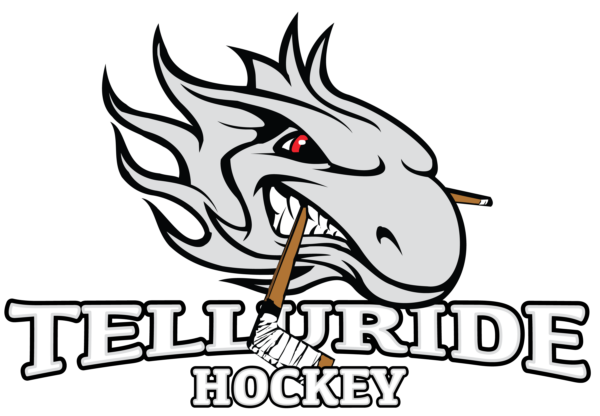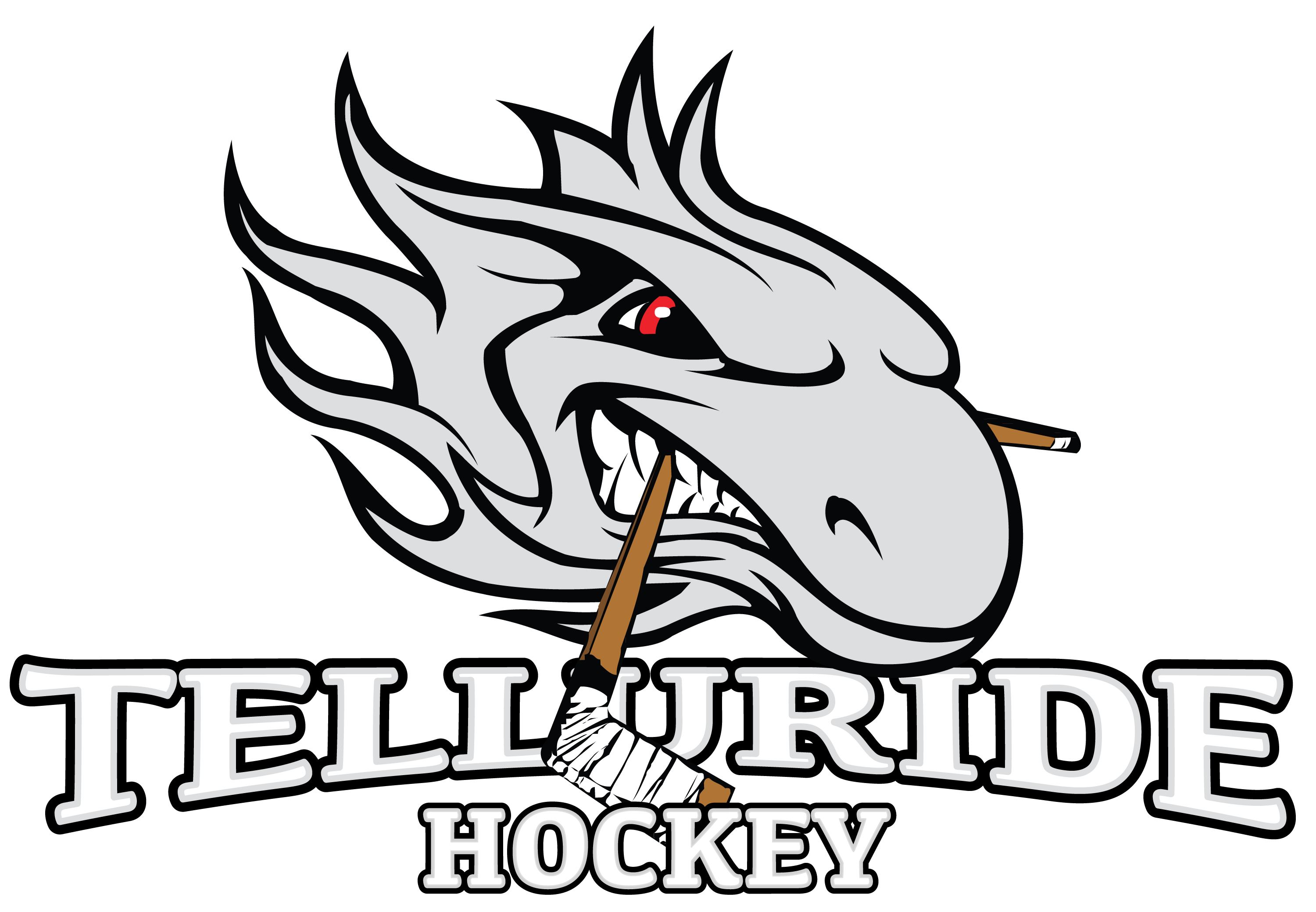This sheet has information to help protect your children or teens from concussion or other serious brain injury. Use this information at your children’s or teens’ games and practices to learn how to spot a concussion and what to do if a concussion occurs. If your child has suffered a concussion please see the “Return to play” guidelines below.
HOW CAN I HELP KEEP MY CHILDREN OR TEENS SAFE?
Sports are a great way for children and teens to stay healthy and can help them do well in school. To help lower your children’s or teens’ chances of getting a concussion or other serious brain injury, you should:
- Help create a culture of safety for the team.
- Work with their coach to teach ways to lower the chances of getting a concussion.
- Talk with your children or teens about concussion and ask if they have concerns about reporting a concussion. Talk with them about their concerns; emphasize the importance of reporting concussions and taking time to recover from one.
- Ensure that they follow their coach’s rules for safety and the rules of the sport.
- Tell your children or teens that you expect them to practice good sportsmanship at all times.
When appropriate for the sport or activity, teach your children or teens that they must wear a helmet to lower the chances of the most serious types of brain or head injury. However, there is no “concussion-proof” helmet. So, even with a helmet, it is important for children and teens to avoid hits to the head.
HOW CAN I SPOT A POSSIBLE CONCUSSION?
Children and teens who show or report one or more of the signs and symptoms listed below—or simply say they just “don’t feel right” after a bump, blow, or jolt to the head or body—may have a concussion or other serious brain injury.
Signs Observed by Parents or Coaches:
- Appears dazed or stunned.
- Forgets an instruction, is confused about an assignment or position, or is unsure of the game, score, or opponent.
- Moves clumsily.
- Answers questions slowly.
- Loses consciousness (even briefly).
- Shows mood, behavior, or personality changes.
- Can’t recall events prior to or after a hit or fall.
- Symptoms Reported by Children and Teens
- Headache or “pressure” in head.
- Nausea or vomiting.
- Balance problems or dizziness, or double or blurry vision.
- Bothered by light or noise.
- Feeling sluggish, hazy, foggy, or groggy.
- Confusion, or concentration or memory problems.
- Just not “feeling right,” or “feeling down.”
Talk with your children and teens about concussion. Tell them to report their concussion symptoms to you and their coach right away. Some children and teens think concussions aren’t serious or worry that if they report a concussion they will lose their position on the team or look weak. Be sure to remind them that it’s better to miss one game than the whole season.
Concussions affect each child and teen differently. While most children and teens with a concussion feel better within a couple of weeks, some will have symptoms for months or longer. Talk with your children’s or teens’ health care provider if their concussion symptoms do not go away or if they get worse after they return to their regular activities.
WHAT ARE SOME MORE SERIOUS DANGER SIGNS TO LOOK OUT FOR?
In rare cases, a dangerous collection of blood (hematoma) may form on the brain after a bump, blow, or jolt to the head or body and can squeeze the brain against the skull. Call 9-1-1 or take your child or teen to the emergency department right away if, after a bump, blow, or jolt to the head or body, he or she has one or more of these danger signs:
- One pupil larger than the other.
- Drowsiness or inability to wake up.
- A headache that gets worse and does not go away.
- Slurred speech, weakness, numbness, or decreased coordination.
- Repeated vomiting or nausea, convulsions or seizures (shaking or twitching).
- Unusual behavior, increased confusion, restlessness, or agitation.
- Loss of consciousness (passed out/knocked out). Even a brief loss of consciousness should be taken seriously.
Children and teens who continue to play while having concussion symptoms or who return to play too soon—while the brain is still healing— have a greater chance of getting another concussion. A repeat concussion that occurs while the brain is still healing from the rst injury can be very serious and can a ect a child or teen for a lifetime. It can even be fatal.
WHAT SHOULD I DO IF MY CHILD OR TEEN HAS A POSSIBLE CONCUSSION?
As a parent, if you think your child or teen may have a concussion, you should:
- Remove your child or teen from play.
- Keep your child or teen out of play the day of the injury. Your child or teen should be seen by a health care provider and only return to play with permission from a health care provider who is experienced in evaluating for concussion.
- Ask your child’s or teen’s health care provider for written instructions on helping your child or teen return to school. You can give the instructions to your child’s or teen’s school nurse and teacher(s) and return-to-play instructions to the coach and/or athletic trainer.
- Do not try to judge the severity of the injury yourself. Only a health care provider should assess a child or teen for a possible concussion. Concussion signs and symptoms often show up soon after the injury. But you may not know how serious the concussion is at rst, and some symptoms may not show up for hours or days. The brain needs time to heal after a concussion. A child’s or teen’s return to school and sports should be a gradual process that is carefully managed and monitored by a health care provider.
RETURN TO HOCKEY FOLLOWING A CONCUSSION
If you have sustained a concussion, this action plan is recommended before fully returning to physical activity.
You must complete your recommended period of rest and follow the activity restrictions. You should be symptom-free at rest for 5-7 days before starting the following progressive steps.
There should be approximately 24 hours in between each step. If any symptoms return at any time during this action plan, stop working out. Rest until you are symptom-free for 24 hours. Then return to the previous step. If symptoms do not resolve or get worse, seek medical attention.
STEP 1: LIGHT GENERAL CONDITIONING EXERCISES
- OFF THE ICE. NO CONTACT.
- Begin with a warm up (stretching / flexibility) for 5-10 minutes.
- Start a cardio workout of 15-20 minutes which can include: stationary bicycle, elliptical, treadmill, fast paced walking, light jog, rowing or swimming.
- 50% intensity.
STEP 2: GENERAL CONDITIONING AND HOCKEY-SPECIFIC SKILL WORK DONE INDIVIDUALLY
- OFF THE ICE. NO CONTACT.
- Begin with a warm up (stretching / flexibility) for 5-10 minutes.
- Increase intensity and duration of cardio workout to 20-30 minutes.
- Begin hockey specific skill work: individual stick handling and shooting drills.
- 50-60% intensity.
STEP 3: GENERAL CONDITIONING AND HOCKEY-SPECIFIC SKILL WORK DONE WITH A TEAM-MATE
- ON THE ICE. NO CONTACT.
- Increase duration of session to 60 minutes. Begin resistance training including neck and core strengthening exercises.
- Begin on-ice skating warm-up: forwards, backwards, stop and start, cones.
- Begin on-ice practice of hockey drills with a partner: passing, shooting on goalie and other position specific drills like
- face-offs and deflections.
- Skating intensity 50%.
STEP 4: GENERAL CONDITIONING, HOCKEY-SPECIFIC SKILL WORK AND TEAM DRILLS
- ON THE ICE. NO CONTACT. NO SCRIMMAGES.
- Resume pre-injury duration of practice and team drills.
- Practice team passing, shooting drills and individual defensive skills.
- Practice break-out drills, 3 on 2’s / 2 on 1’s and defensive coverage drills.
- Practice offensive and defensive plays.
- Review body checking and protection techniques. Focus on skills needed (if applicable to your level of play).
- Skating intensity 75%.
STEP 5: FULL TEAM PRACTICE WITH BODY CONTACT
- ON THE ICE. CONTACT. SCRIMMAGES.
- Participate in a full practice to get yourself back in the lineup. If completed with no symptoms, discuss with the coach
- about getting back in the game.
- Skating intensity 100%.
Do not progress until the following is achieved:
- Coaches must make sure that the athlete has regained his/her pre-injury skill-level.
- The child or teen is confident in his/her ability to return to activity.
STEP 6: RETURN TO COMPETITION.
To learn more, go to www.cdc.gov/HEADSUP
DISCUSS THE RISKS OF CONCUSSION AND OTHER SERIOUS BRAIN INJURY WITH YOUR CHILD OR TEEN AND HAVE EACH PERSON SIGN BELOW.

